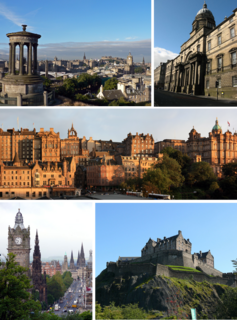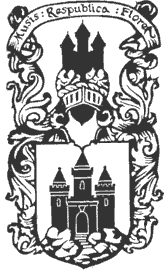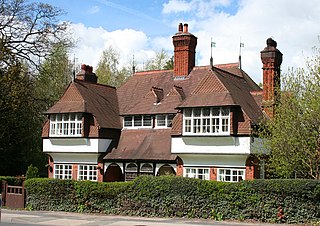
Sir William Chambers was a Scottish-Swedish architect, based in London. Among his best-known works are Somerset House, London, and the pagoda at Kew. Chambers was a founder member of the Royal Academy.

Edinburgh Waverley railway station is the principal station serving Edinburgh, the capital city of Scotland. It is the second busiest station in Scotland, after Glasgow Central. It is the northern terminus of the East Coast Main Line, 393 miles 13 chains (632.7 km) from London King's Cross, although some trains operated by London North Eastern Railway continue to other Scottish destinations beyond Edinburgh.

The Scott Monument is a Victorian Gothic monument to Scottish author Sir Walter Scott. It is the second largest monument to a writer in the world after the José Martí monument in Havana. It stands in Princes Street Gardens in Edinburgh, opposite the Jenners department store on Princes Street and near to Edinburgh Waverley Railway Station, which is named after Scott's Waverley novels.

This article is a timeline of the history of Edinburgh, Scotland, up to the present day. It traces its rise from an early hill fort and later royal residence to the bustling city and capital of Scotland that it is today.
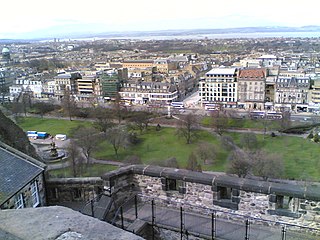
The New Town is a central area of Edinburgh, the capital of Scotland. A masterpiece of city planning, it was built in stages between 1767 and around 1850, and retains much of its original neo-classical and Georgian period architecture. Its most famous street is Princes Street, facing Edinburgh Castle and the Old Town across the geographical depression of the former Nor Loch. Together with the Old Town, the New Town was designated a UNESCO World Heritage Site in 1995.

Great Junction Street is a street in Leith, on the northern outskirts of Edinburgh, Scotland. It runs southeast to northwest following approximately the southwestmost line of the old town walls around Leith.

North Bridge is a road bridge and street in Edinburgh linking the High Street with Princes Street, and the Old Town with the New Town. The current bridge was built between 1894 and 1897. A previous North Bridge, built between 1763 and 1772, stood until 1896.

St Andrew Square is a city square in Edinburgh, Scotland located at the east end of George Street. The construction of St Andrew Square began in 1772, as the first part of the New Town, designed by James Craig. Within six years of its completion St Andrew Square became one of the most desirable and most fashionable residential areas in the city. As the 19th century came to a close, St Andrew Square evolved into the commercial centre of the city.

Canongate Tolbooth is a historic landmark of the Old Town area of Edinburgh, built in 1591 as a tolbooth, that is, the centre of administration and justice of the then separate burgh of the Canongate which was outside the Edinburgh town walls. The building is now occupied by The People's Story Museum and is protected as a category A listed building.

Sir James Gowans was a maverick Edinburgh architect and builder.
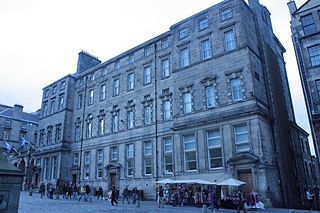
Ebenezer James MacRae was a Scottish architect serving as City Architect for Edinburgh for most of his active life.

David Cousin was a Scottish architect, landscape architect and planner, closely associated with early cemetery design and many prominent buildings in Edinburgh. From 1841 to 1872 he operated as Edinburgh’s City Superintendent of Works.

John McLachlan was a Scottish architect, based in Edinburgh operating in the late 19th century. He was a brother-in-law to Robert Morham. He has been described as a "minor master".

Thomas Brown was a Scottish architect in the early 19th century based in Edinburgh. He is best known for St. Mary's Church, Bellevue, Edinburgh, usually known as Bellevue Church.
Alexander Lorne Campbell (1871–1944) was a Scottish architect, who practised across Scotland. He was founder of the successful firm of Scott & Campbell.

Waverley Bridge is a road bridge in Edinburgh linking Market Street in the Old Town with Princes Street in the New Town. The bridge forms part of the roof of Edinburgh Waverley station and marks the eastern boundary of Princes Street Gardens. The current bridge was built between 1894 and 1896 by Blyth and Westland. The bridge is Category A listed.

